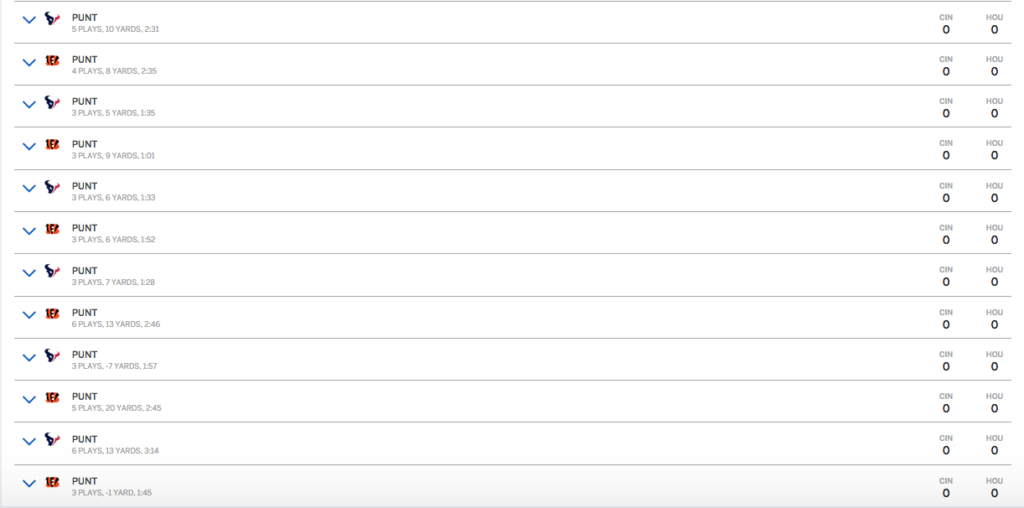This year, Blake Bortles has thrown just one touchdown while playing with the lead. That’s part of a larger development: over his three-year career, Bortles has thrown just four touchdowns while playing with the lead, with half of those coming in what looked like the Jaguars breakout game against the Colts last December.
Bortles has thrown 6 touchdowns while tied, which means his other 58 touchdowns have come while the Jaguars were trailing. If we count a TD pass while tied as half a TD pass while trailing, and half a TD pass while leading, that would give Bortles 7 touchdown passes while “leading” and 61 touchdowns while “trailing” since he entered the NFL in 2014. As you might imagine, that’s a pretty significant outlier.
The graph below shows quarterback data since 2014; the X-Axis shows touchdown throws while “trailing” and you can see that Bortles leads the NFL in that category. The Y-Axis shows TD passes while “leading” and as you could have guessed, Tom Brady leads in that category. Brady and Bortles represent the two biggest outlier in the entire graph: [continue reading…]


